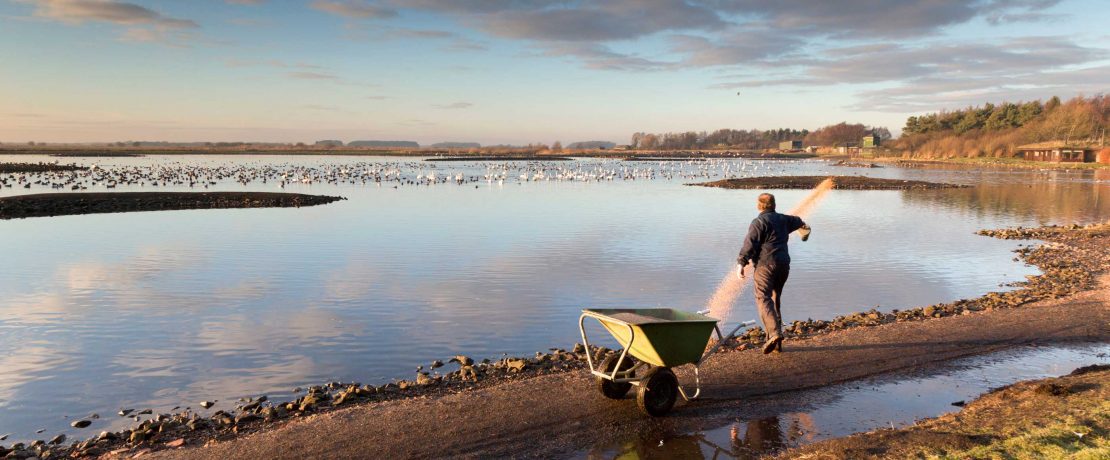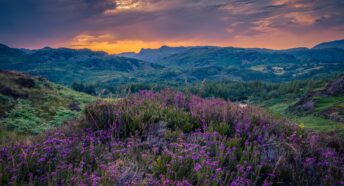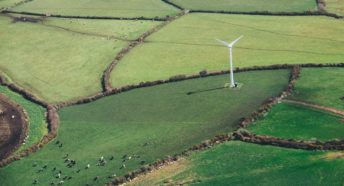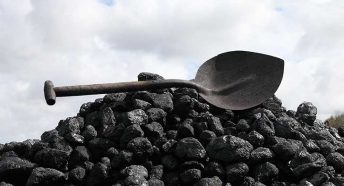The bog blog: everything you never knew you needed to know about peat
Peat. What is it? And why do we think it’s more important than regular good old countryside dirt? We’re pretty passionate about the stuff. Here we explain why our peatlands deserve your love. Read on to learn more.
What on earth is peat?
This innocuous brown stuff is often taken for granted, but it’s actually something pretty special. Peat is formed from dead, partially decayed organic plant matter that’s often built up in peatlands over millennia. The wet, acidic, low oxygen conditions of peatlands slow down decomposition, trapping this organic matter.
And it’s diverse stuff. We have three key types of peatlands in the UK: blanket bogs (fed by rainwater, these are larger bogs); raised bogs (which tend to be more localised); and fens (often found at the bottom of slopes, and fed by ground and surface water). Bogs are relatively uncommon across the world, with 13% of the world’s blanket and lowland raised bogs here in the UK. One of the key components of typical peat is sphagnum moss, a handy little plant that can store 20 times its weight in water.
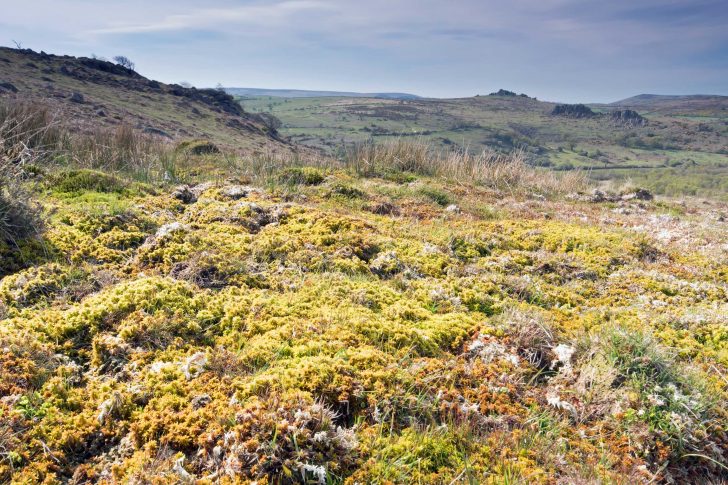
Why are our peatlands so important?
Whether it’s providing habitats for rare and endangered species such as red-throated divers or the carnivorous sundew plant, or their critical role in storing carbon, our peatlands are of vital importance. In the UK, it’s estimated that there are over 3 billion tonnes of carbon stored in the peatlands – equivalent to all carbon stored in the forests of the UK, Germany and France put together!
They also play an integral part in helping to prevent floods and filtering water – some 70% of the UK’s fresh water is sourced from upland basins. Peatlands are important for preserving plant and animal remains (we’ve all heard stories of remarkably-preserved ‘bog bodies’), tourism and much more.
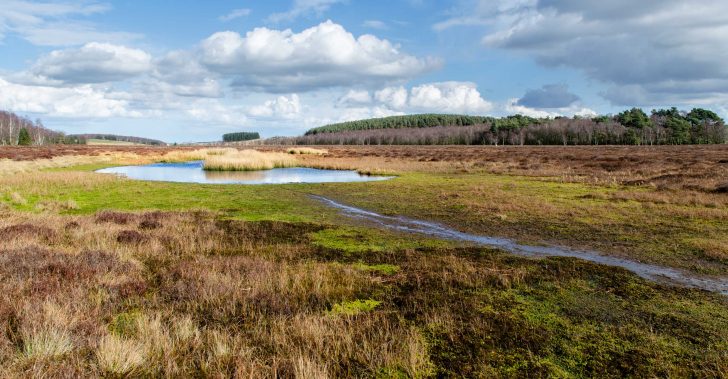
Peatlands are generally of ‘high natural capital’ value (naturally very valuable to us), too, and the ONS reports that restoring 55% of peatlands to near-natural condition is estimated to have a present net benefit value of around £50 billion.
What’s the peat problem?
Peatlands are our biggest store of carbon in the UK, but, frustratingly, few of our peatlands are in good shape. When they’re not properly maintained in their natural wet state, peatlands can release huge amounts of stored carbon into the atmosphere – contributing to the climate emergency.
Because only 22% of the UK’s peatlands are in a ‘near-natural’ state, our peatlands are estimated to be emitting approximately 23,000,000 tCO2e (tonnes of CO2 equivalent) per year of greenhouse gas emissions. It’s a scary amount, the equivalent of 5% of the UK’s greenhouse gas emissions from 2018.
So why are our peatlands being damaged? It’s often extracted to use as fuel or in horticulture, because of its great properties for growing plants – and peatlands themselves are often used as agricultural land which can be great for growing crops. However, when they’re used for crops in this way, drained peatlands give out an estimated total of more than 7.5 million tonnes of carbon dioxide equivalent each year.
Active peat extraction in England is currently only licensed on a tiny fraction of peatlands, and since 2012 legislation no new extraction licenses will be granted. This is good news for England’s peatlands – but we need to ensure that we aren’t simply shifting the problem elsewhere by importing it instead.
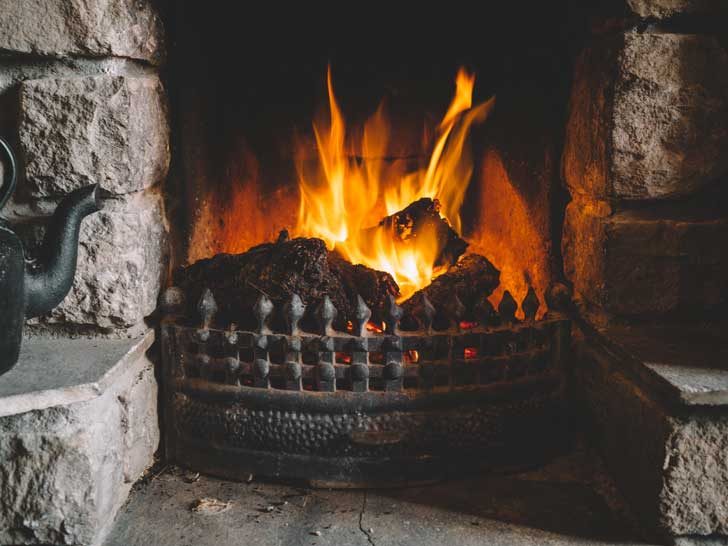
Another common practice is controlled burning on peatlands for better grazing conditions and to promote red grouse for shooting. Inappropriate burning can severely damage peatlands and their ability to lock in carbon.
Time for change
Our uses of peat can’t be sustained. As it forms at approximately 1mm a year, at the current rate of consumption it’s simply not a renewable source. It’s even classified as a fossil fuel by the United Nations Framework Convention on Climate Change.
Targets were set in the government’s 2011 Environment White Paper to voluntarily phase out peat for use in all gardens by 2030. Worryingly, the initial 2020 target to have cut it from amateur garden use has been missed. We welcome the government’s decision in the recent England Peat Action Plan to consult on a range of potential legislative measures to help reach these original targets as speedily as possible.
It’s crucial that we work quickly to reach the 2030 target for commercial gardens too, given peat’s implications on carbon storage and release and the UK’s target to reach net-zero of carbon emissions by 2050.
What are CPRE doing?
Although peat is used in different ways, much of our current focus at CPRE is on peat use in the gardening sector – but that’s not to say its use in other areas is any less important. We want to see peatlands restored to their natural state wherever possible. When peatlands aren’t being mined and are in favourable conditions, wildlife can flourish and biodiversity increase. We’re supporting calls from the Committee on Climate Change to restore peatlands and to end the sale of horticultural peat immediately – not in ten years’ time. With good alternatives available, there’s no reason that peat still needs to be extracted and used in gardens.
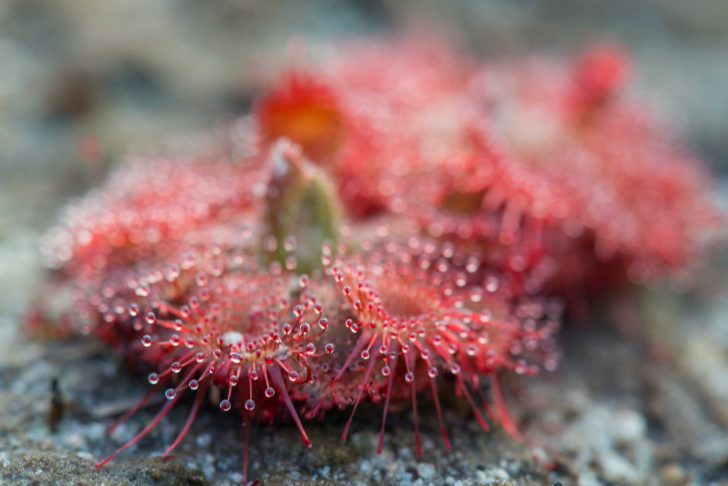
What can I do to help?
Happily, there are actions that we can all take to preserve peatlands.
- Get inspired: there are some great examples of organisations and individuals going peat-free, showing that it really is possible. Kew Gardens have been peat-free in their potting and bedding mixes for over 30 years, save for a tiny amount used for certain plants, like insectivorous ones. The Royal Horticultural Society stopped selling peat-based composts from the start of 2020.
- Go peat-free at home! Buy peat-free compost for your plants. It may take some getting used to, but many tests show peat-free can still produce great results. There are good peat-free alternatives available, but they’re often not clearly labelled or promoted so you might need to look hard and do some research! Peat-free composts can be made from a variety of ingredients, including wood fibre, green compost, manure and coir (coconut fibre). Of course, peat alternatives aren’t free from criticism – for example, most coir is imported and so there are associated emissions that still need to be considered.
- Speak to retailers like your local garden centre and tell them you’d like peat-free options and clear labelling
- Write to your MP – make your voice heard. Make it clear that you want to see peat phased out and that you’re concerned by targets being missed.
- Visit and enjoy your local peatlands. Recreation on peatlands in 2016 was valued at over £250 million!
- Sign up for our newsletter to take part in our future campaigns about peat. We’ll be carrying out more work on this subject in the future, and we’ll need your help! Let’s keep in touch.
